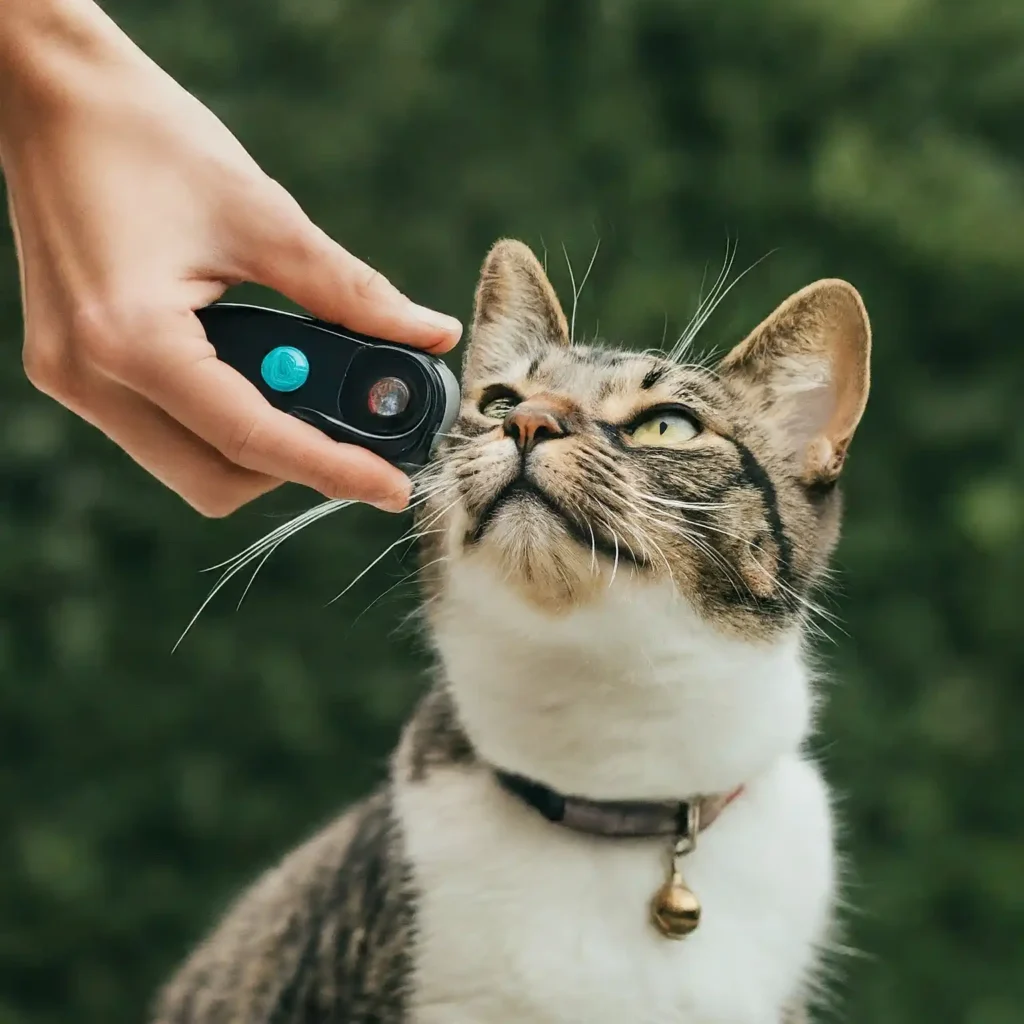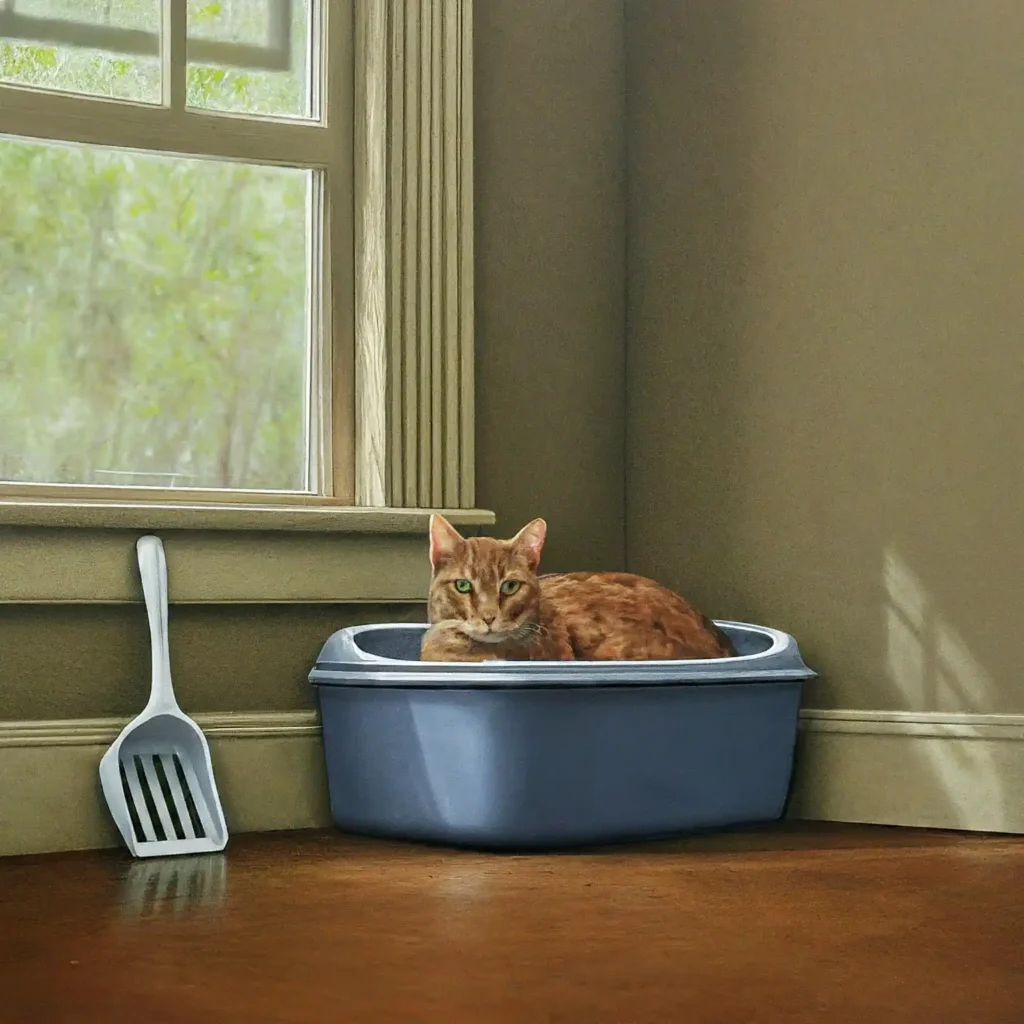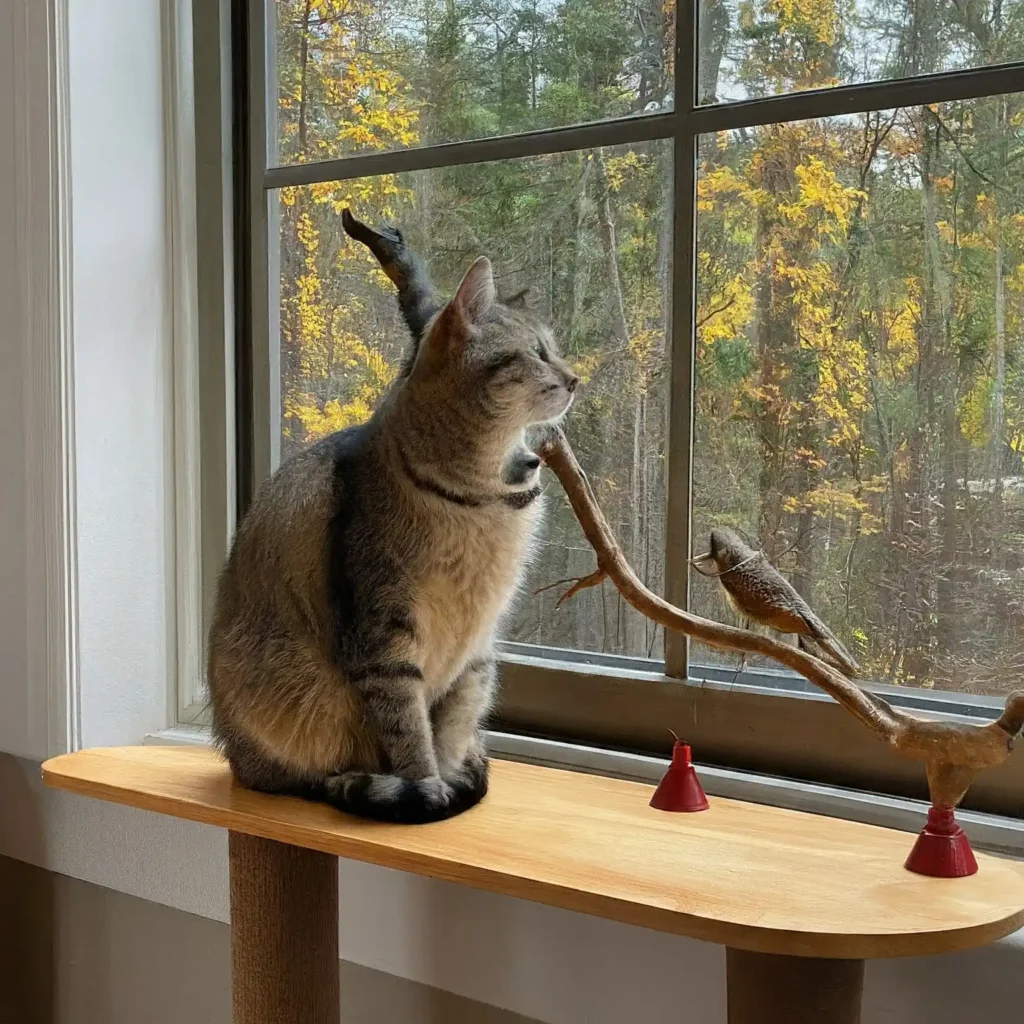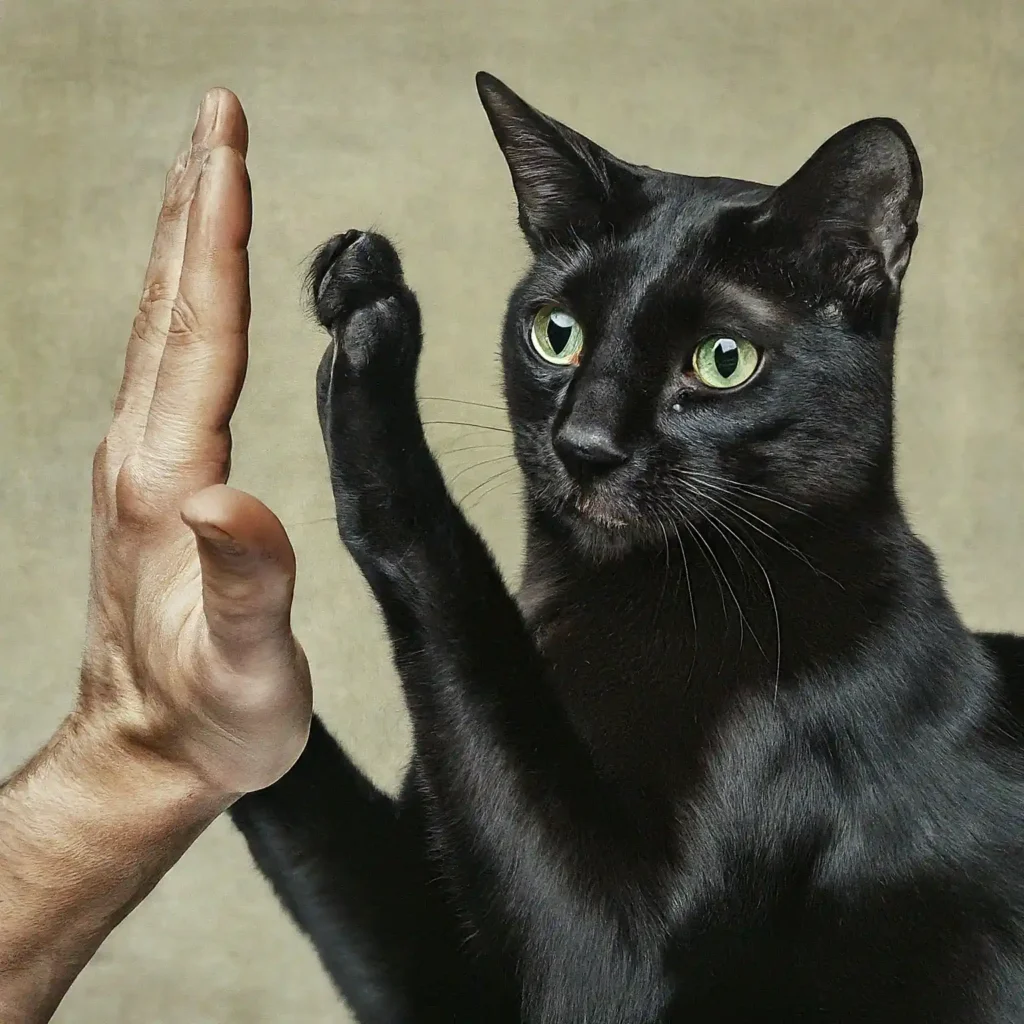Introduction to Cat Training
Dispelling the Myth: Cats CAN Be Trained!
Let’s put an old misconception to rest – cats are absolutely trainable! While they might not have the same eager-to-please attitude as dogs, their intelligence and curiosity make them fantastic students with the right approach. Understanding how your cat thinks and learns is the key to successful training.
Why Bother Training a Cat?
Teaching your cat some basic commands and tricks comes with numerous benefits:
- Enhanced Communication: Training creates a shared language between you and your cat, helping you understand them better and allowing them to understand your expectations.
- Stronger Bond: The time you spend training strengthens the bond between you and your feline friend, creating a relationship built on trust and mutual understanding.
- Problem Behavior Reduction: Training can help manage unwanted behaviors like scratching furniture or jumping on counters by teaching your cat acceptable alternatives.
The Power of Positive Reinforcement
When it comes to training cats, think rewards, not reprimands! Cats respond incredibly well to positive reinforcement. By focusing on rewarding the behaviors you like, you create a training environment that’s fun, successful, and reinforces a sense of trust between you and your cat.
Training Basics
Cats are incredibly smart, but successful training relies on a few key principles. By understanding these basics, you’ll set yourself and your feline friend up for a fun and effective training journey.
Clicker Training: Your Secret Weapon

Clicker training is like having a tiny “Yes!” button for your cat. A clicker is a small tool that makes a distinct clicking sound. When you pair that click with a treat or praise, it becomes a marker for the exact behavior you want your cat to repeat. This instant feedback builds a strong association and dramatically speeds up the learning process.
Mini Clicker Tutorial
- Get clicker ready: Grab your clicker and a handful of your cat’s absolute favorite treats.
- Click & Treat: Click the clicker and immediately offer a treat. Repeat this several times to help your cat understand the click means something good is coming.
- Mark Behavior: Watch for a behavior you like (sitting, touching a target, etc.), click the instant it happens, and give a treat.
Treats, Praise, and Play: The Language of Motivation
Cats are driven by rewards, so finding what your feline finds irresistible is key. While tiny, flavorful treats are often highly motivating, some cats respond even better to enthusiastic verbal praise or a quick play session with a favorite toy. Experiment and see what gets your cat most excited!
Short and Sweet Sessions

Cats have short attention spans, especially when learning new things. Keep training sessions to just a few minutes at a time, several times a day. It’s better to have multiple short, successful sessions than one long, frustrating one.
Timing is Everything
For your cat to understand what behavior is being rewarded, you need to click at the exact moment they do it. It’s okay if you miss a click, just don’t reward the behavior after the fact. Precise timing helps your cat make the connection between the action and the reward.
Training for Specific Behaviors
Many frustrating cat behaviors can be successfully managed with a little patience and positive reinforcement. Let’s dive into strategies for a few common concerns.
Behavior 1: Litter Box Woes

- Location, Location, Location: Choose a quiet, private spot for the litter box, away from noisy areas or your cat’s food and water.
- Type Matters: Experiment with different litters (clumping, unscented, etc.) to see what your cat prefers.
- Keep it Clean: Scoop the box daily and do a full litter change weekly. A dirty box is a deterrent.
- Reward Good Habits: Praise your cat and occasionally offer a treat when you see them using the litter box correctly.
Behavior 2: Destructive Scratching
- Provide Appealing Alternatives: Invest in sturdy scratching posts of various textures (sisal, corrugated cardboard, etc.) and place them in prominent areas your cat already likes to scratch.
- Make Problem Areas Unappealing: Cover furniture temporarily with double-sided tape, aluminum foil, or citrus-scented deterrents.
- Redirect and Reward: When you see your cat going for the couch, calmly guide them to a scratching post, and treat them when they use it.
Behavior 3: Counter Surfing Temptations

- Remove Rewards: Don’t leave tempting food on counters. This keeps your cat safe and removes the reward for jumping up.
- Provide Alternatives: Create high perches with good views to give your cat other places to climb and satisfy their curiosity.
- Gentle Deterrents: Place textured mats or baking sheets on counters when not in use to make them less inviting. Avoid loud noises or punishment that may cause anxiety.
Dealing with Setbacks
Every training journey has its hiccups. If your cat has a bad day or reverts to an old behavior, don’t despair! Here’s how to stay on track:
- Review the Basics: Were you consistent with rewards? Is the environment a factor? Sometimes, even small changes can affect our cats.
- Don’t Give Up: Patience is key! It might take time to modify existing behaviors permanently.
- Seek Help: If issues persist, don’t hesitate to consult a cat behaviorist for additional guidance tailored to your cat’s specific needs.
Advanced Training Fun
Once you’ve mastered the basics, why not impress your friends (and your cat!) with some fun tricks? Training also gives you tools to make challenging situations less stressful for you both.
Simple Tricks for a Clever Cat

Teaching your cat tricks is a blast and a fantastic way to build their confidence. Here are a few easy ones to get you started:
- Sit: Hold a treat above your cat’s head and slowly move it backward. Their backside will naturally hit the floor to follow the treat. Click and reward the instant they sit.
- High Five: Hold a treat in a slightly closed fist near your cat’s face. The moment they touch your hand with their paw, click and reward.
- Fetch: Start with a favorite toy that’s easy to toss a short distance. Reward your cat for even looking at the toy when it’s thrown, then for approaching, touching, and eventually picking it up and bringing it back.
Training for Easier Vet Visits and Grooming

Positive reinforcement can turn potentially stressful experiences into calmer routines for your cat. Here’s how:
- Carrier Comfort: Leave the carrier open with treats and cozy bedding inside. Reward your cat for voluntarily exploring it. Then, practice short stays with the door closed.
- Handling Practice: Use treats and praise to help your cat get used to being touched on their paws, belly, and ears, helping to prepare them for nail trims and vet exams.
Resources
Ready to get even more creative? Here are some places to find inspiration:
- YouTube Tutorials: Search for “cat trick training” to find how-to videos for teaching all sorts of advanced skills.
- Cat Training Books: Many libraries and bookstores have comprehensive guides for feline training.
- Social Media: Follow cat training accounts on Instagram or Facebook for daily trick inspiration and community support.
Conclusion: The Joy of Training Your Cat

Training your cat isn’t just about solving behavior problems or teaching fancy tricks. It’s about creating a deep, enriching bond with your feline companion. Through training, you learn to communicate with them more effectively, understand their unique personality, and set them up for success in every aspect of their life.
Remember, patience and consistency are the cornerstones of cat training. Some cats will pick up new skills in a flash, while others may take longer. Keep sessions short, fun, and always focus on rewarding progress. With every successfully trained behavior, you and your cat share a victory together.
If you ever feel stuck or face a particularly challenging issue, don’t hesitate to seek help. Your veterinarian or a qualified feline behavior consultant can provide personalized advice and help you overcome any training hurdle.
Embarking on this training journey will bring you untold joy as you discover your cat’s hidden talents and foster a stronger relationship with your beloved pet. Happy training!




